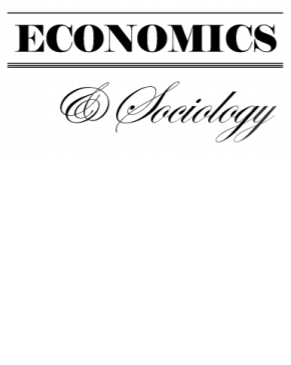ASSESSING THE APPLICABILITY OF
GEOGRAPHICAL INDICATIONS
FROM THE SOCIAL CAPITAL
ANALYSIS PERSPECTIVE:
EVIDENCES FROM ALBANIA
ASSESSING THE APPLICABILITY OF
GEOGRAPHICAL INDICATIONS
FROM THE SOCIAL CAPITAL
ANALYSIS PERSPECTIVE:
EVIDENCES FROM ALBANIA
Author(s): Elena Kokthi, Gert Guri, Elda MucoSubject(s): Social Sciences, Economy, Psychology, Sociology, Developing nations, Developmental Psychology, Economic development, Socio-Economic Research
Published by: Fundacja Centrum Badań Socjologicznych
Keywords: willingness to cooperate; Ostrom Conditions symmetric interests; collective actions; geographical indications
Summary/Abstract: This ex-ante study explores the readiness oflocal stakeholders in a rural area to undertake the collectiveactions necessary to create a Geographical Indication oncheese to protect it from unfair competitiveness providedby brand usurpation. The paper provides an analyticalmodel employable to assess the willingness of localstakeholders to cooperate on achieving a common goal indifferent post-communist rural areas. The proposed modelcombines operationalised, cognitive, and structural socialcapital indicators with Ostrom Conditions on collectiveaction, referring to symmetric interests. Thus, it representsa methodology to realise a priori whether a local ruralcommunity is willing to undertake collective action toachieve a common objective. One hundred cheeseproducers were interviewed using scenario type questions.The results show that symmetric interests have the lowesteffect on willingness to cooperate compared to structuralsocial capital and demographics. The study indicates thatbetter-educated respondents are more willing to cooperatethan less well-educated. As in other post-communistcountries, the educational and demographic factors canbecome an essential element, which may help overcomethe negative perceptions of cooperation from the past.
Journal: Economics and Sociology
- Issue Year: 14/2021
- Issue No: 3
- Page Range: 32-53
- Page Count: 22
- Language: English

